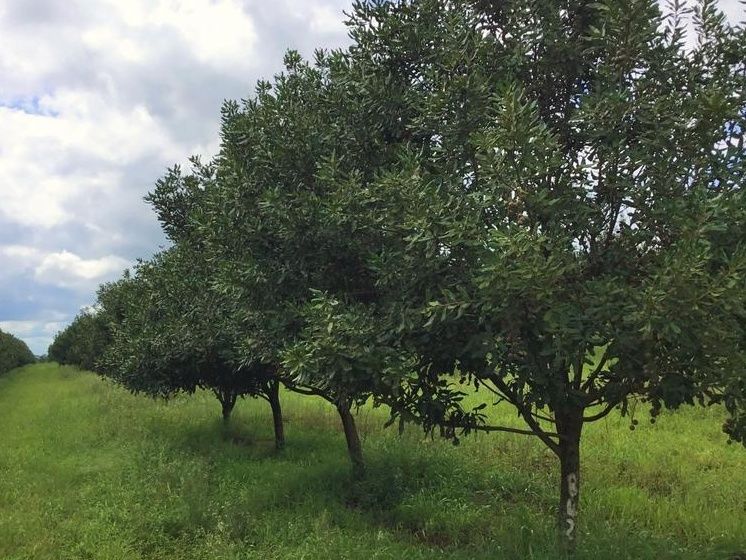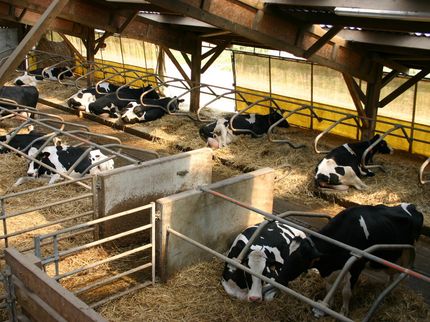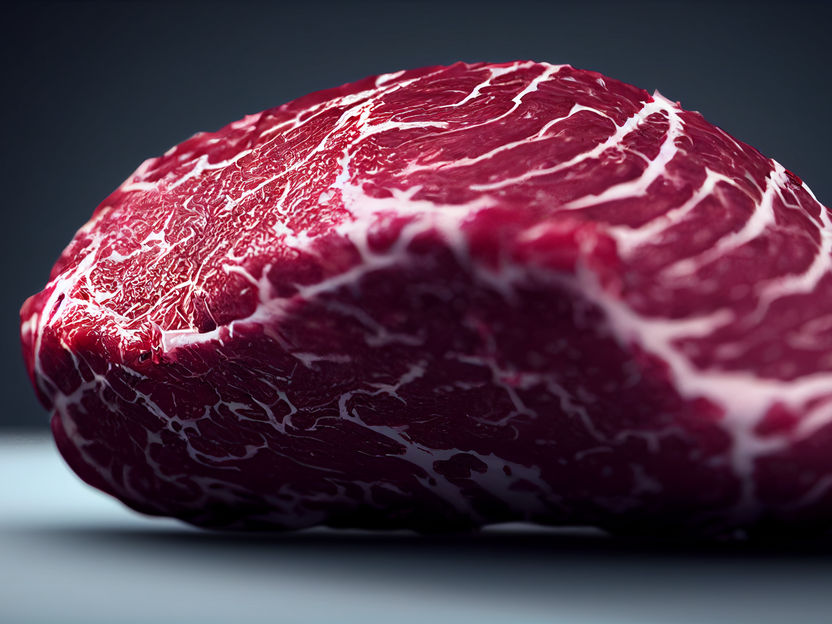Clever plantation design for more nuts
Advertisement
To reduce biodiversity loss in agricultural landscapes, more sustainable and environmentally friendly agricultural practices are needed. A research team from the Universities of Göttingen, Hohenheim and Venda in South Africa has investigated how ecosystem services such as pollination could be improved in macadamia plantations. The researchers showed that a certain design of the plantations - such as the spatial arrangement of tree rows, varieties and the integration of semi-natural habitats in and around the plantations - can increase pollination performance by bees.

Certain plantation design - such as spatial arrangement of tree rows, varieties, and integration of semi-natural habitats in and around plantations - can increase pollination by bees.
Mina Anders
The findings appeared in the Journal of Applied Ecology.
The research team first examined the role of insect pollinators in macadamia tree nut production. "Insect pollination of macadamia flowers is essential for production. A complete loss of insect pollinators would reduce nut set by 75 percent," says Prof. Dr. Ingo Grass, head of the Department of Ecology of Tropical Agricultural Systems at the University of Hohenheim. To find out under which conditions pollinators are particularly abundant, the researchers observed and counted bees and other insects on macadamia flowers. "Surprisingly, it is less important how many honey bee colonies were placed nearby, but rather how large the proportion of semi-natural habitats is in the vicinity of the plantation, since the majority of pollinators fly into the plantations from semi-natural habitats," says first author Mina Anders, a doctoral student in the Functional Agrobiodiversity Department at the University of Göttingen.
The arrangement of the rows of trees in the plantations is therefore of particular importance: 80 percent more nuts grew at the edge of the plantation, i.e. at the boundary to semi-natural habitats, than in the middle of the plantation. And perpendicular alignment of planted tree rows to semi-natural habitats increased nut set more than threefold immediately after flowering compared to parallel alignment of the rows. "Pollinators move more easily from habitat to plantations with perpendicular tree rows because they prefer to fly along the rows rather than through them," Anders explains. Agronomic practices such as artificial irrigation, on the other hand, did not increase initial nut set.
"Given the urgency to reduce the harmful environmental impacts caused by agricultural production, we emphasize the great potential of ecological intensification through smart plantation design and the restoration and maintenance of semi-natural habitats in plantations and the surrounding landscape" said Prof. Dr. Catrin Westphal, head of the Functional Agrobiodiversity Unit.
Note: This article has been translated using a computer system without human intervention. LUMITOS offers these automatic translations to present a wider range of current news. Since this article has been translated with automatic translation, it is possible that it contains errors in vocabulary, syntax or grammar. The original article in German can be found here.






















































